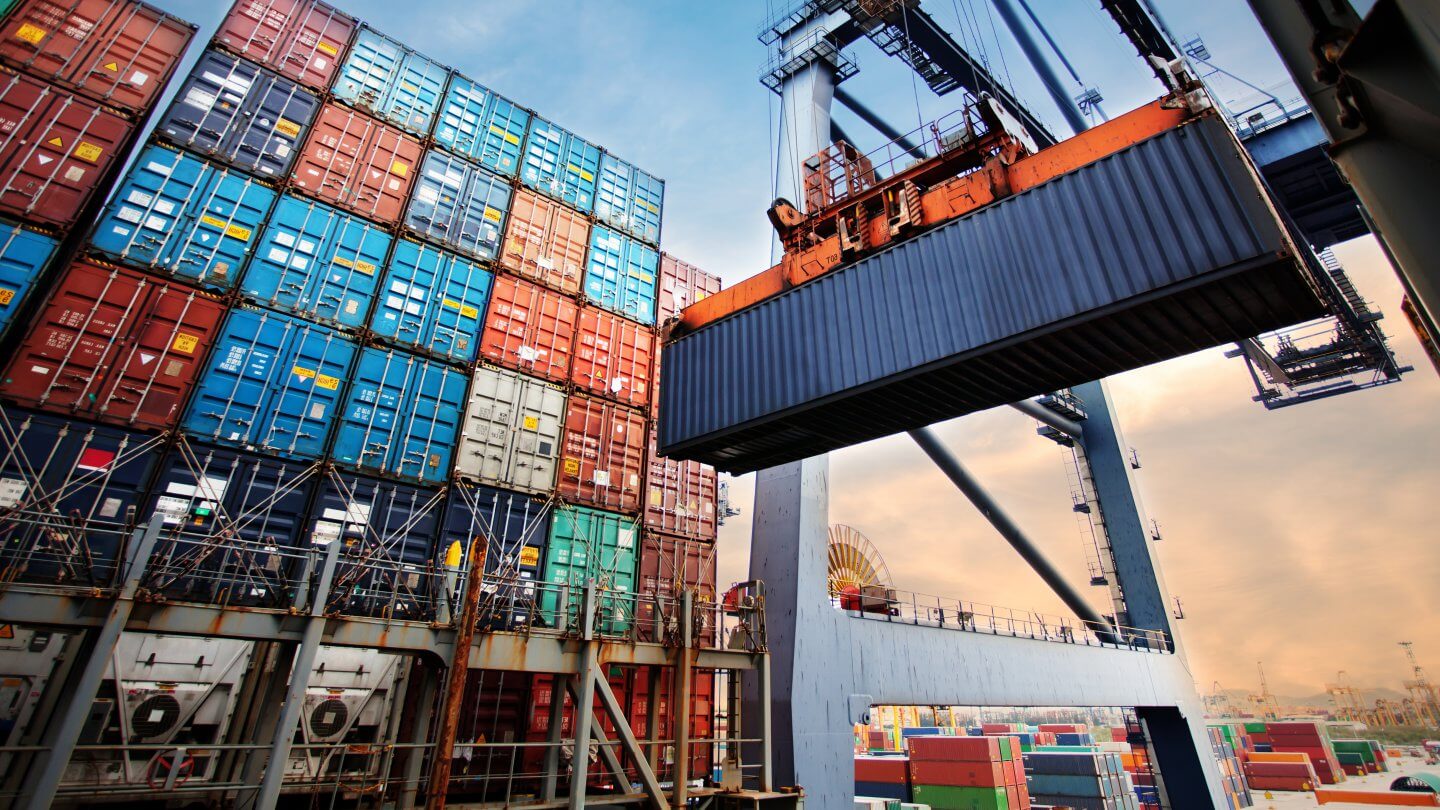Overcoming supply chain blind spots for real-time operational control and efficiency
In today’s economy, a well-managed supply chain represents a major source of competitive advantage. However, one of the major challenges facing supply chains in purely technical terms are the same as those present in any large enterprise: that of huge volumes of disparate data held in discrete silos that don’t enable meaningful insight for better operational control and improvement.
In this industry sector, lack of real-time transparency caused by data fragmentation impedes efficiency and therefore impacts customer satisfaction. Keeping the business afloat by use of fax, email and multiple Excel sheets might be viable when starting a new venture, but it’s not scalable. Similarly, computerized data silos are just as constraining — the only difference is in the nature of the silos’ barriers.
And speaking of scale, in extended and complex supply chains, especially for retailers working in multiple segments, linking data silos is a great deal more complicated. As businesses evolve, too, new partners and suppliers will come on board, each of which will present new challenges, and the potential for more separated data silos.
CX starts with the connected supply chain
The need to create a digitally connected, collaborative supply chain that operates efficiently and enables the major benefits of real-time performance dashboards and alerts is especially pressing because of higher customer expectations, the drive for greater efficiency and the need for less costly wastage.
Thanks to technology’s presence in every customer’s life today, there’s a need for a positive “customer experience” at every touchpoint in retail. That spells very low tolerances for simple errors, shorts and overs, waste, or inaccuracy. And major faults and product recalls can have catastrophic consequences to operations for all stakeholders, sometimes even spilling into mainstream news headlines.
In some areas like food & beverage, there’s also increasing pressure to reduce waste, a problem highlighted in the video below, featuring British stalwart Marks & Spencer who chose to work in partnership with Zetes.
What’s apparent from that case study is that although the results of the implementation of a unified supply-chain data platform was game-changing in this instance, success didn’t happen overnight. In that respect, any management platform intended to create supply chain oversight is just like any other large-scale integration of technology in any vertical you care to name— it’s not just a case of “dropping in” the right piece of software. (If only it were that simple!)
Sharing the single view at scale
In fact, in complex, extended supply chains forming the bridges between data silos isn’t an automatic nor necessarily simple process. That’s because, as mentioned, those silos belong to other partners and companies. In many cases, there’s a wide disparity between technical acumen on stakeholders’ sites, available connectivity, business processes, eventual desired requirements, on-site facilities— in fact, an almost infinite number of variables.
What Zetes offered M&S (there’s also another featured story concerning Intermarché) was specifically designed to provide bespoke deliverables. That’s apparent in the project’s result’s internal name: VAMOS— visibility and movement of stock.
Among other deliverables required were the ability to monitor order and inventory movements in real-time from the factory to store via various distribution nodes, create a clear and easy-to-use interface for all stakeholders and overall improve shelf availability, reduce wastage, and increase logistics efficiencies.
Perhaps one unforeseen consequence (at least by M&S) was the increase in productivity and performance of suppliers and supply chain partners as a direct result of VAMOS’s arrival. That’s because the platform presents a single source of information used by all parties, which removes the potential for disputes and provides the metrics required for each individual element to improve its offering.
Data is power (to predict)
The Zetes visibility platform is aiding supply chain companies and their employees with better forecasting— that’s one of the critical benefits of real-time data— and the same interface that ensures smooth progress also provides immediate heads-up for all affected parties in the event of (the often unavoidable) disruptions.
Every actor in the supply chain is effectively working from the same data, with role-based privileges and KPI dashboards that only impart the relevant, critical information. That selective insight, where appropriate, helps keep the systems usable.
In retail, cutting down on exceptional events like overpacking or shorts not only decreases waste and improves client/customer relations but also massively reduces many companies’ most significant overhead; the human time required to untangle consequences. That means less spent on helpdesk calls, internal emails, and calls between partners; less confusion, in short.
In that, supply chain companies are not alone; that’s just the sort of cost that’s common in every industry and everywhere drives the desire to deploy tech that helps drive efficiencies and revolutionize operations.
Removing the chance element
As the agile deployment platform developed by Zetes in partnership with its major European client base gains momentum, modern companies now have the means to move away from the “fingers crossed” approach to a collaborative, agile and efficient supply chain which is fit for the future.
As your business grows, a supply chain visibility platform needs to be flexible, always complimenting your processes as they go through necessary changes. But what’s undeniable is that with the Zetes platform, return on investment is immediate, at whatever scale you deploy it. Initially, that might be in just a few discrete areas, like the ability to forecast better, or better supplier KPI reporting.
But over time, as complexities grow and the business scales, it’s Zetes that can offer the type of solution for end-to-end supply chain management & oversight that works the way you do.
To begin the process to change how your company moves its goods from the factory floor to consumer (or “from farm to fork”), get in touch with a local representative from Zetes, today.









